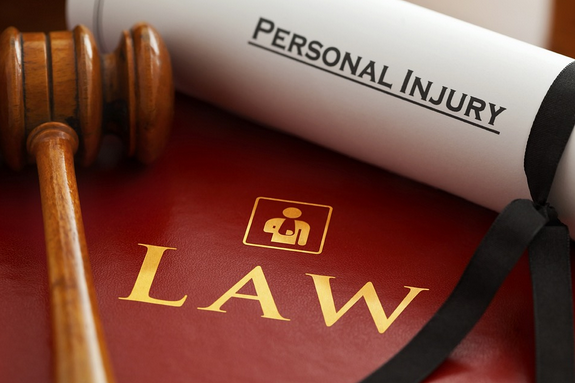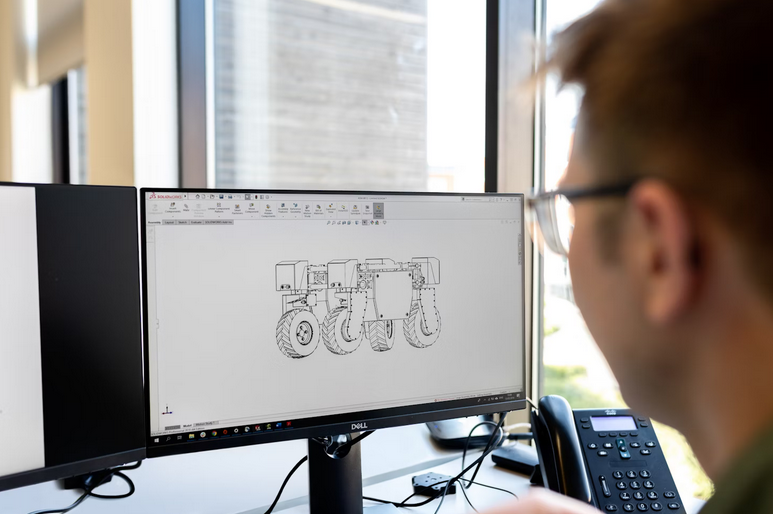Imagine waking up to the news that a widely-used product has caused harm to thousands, sparking a legal battle involving countless individuals seeking justice. This is the world of mass personal injury litigation—a labyrinthine arena where personal stories intertwine with legal complexities. At the forefront of navigating this intricate landscape is Pogust Goodhead, a firm renowned for its expertise in mass tort cases. Whether you’re a potential plaintiff or just curious about the legal system, understanding the essentials of mass personal injury litigation is critical. Here, we break down the top four things you need to know to demystify this formidable legal process.
The Nature of Mass Tort Cases

Mass tort cases arise when numerous individuals suffer similar injuries from a single source, such as a defective product, environmental disaster, or pharmaceutical drug. Unlike class actions, where one lawsuit is filed on behalf of all affected individuals, mass torts involve individual lawsuits that are consolidated for pre-trial proceedings. This consolidation helps streamline the legal process, allowing for more efficient handling of common issues like evidence collection and expert testimonies.
The Role of Multidistrict Litigation (MDL)
To manage the flood of cases efficiently, the U.S. federal court system often uses Multidistrict Litigation (MDL). MDL centralizes all federal cases related to a specific mass tort in one district court. This centralization facilitates faster discovery processes, reduces conflicting rulings from different courts, and conserves resources. For example, cases involving defective medical devices or harmful pharmaceuticals often go through MDL. Understanding the MDL process is essential, as it significantly impacts the timeline and proceedings of mass tort cases.
Legal Representation and Contingency Fees

Choosing the right legal representation is crucial in mass personal injury litigation. Specialized attorneys with experience in mass torts can navigate the complexities of these cases more effectively. Most mass tort attorneys work on a contingency fee basis, meaning they only get paid if you win your case. This arrangement makes legal representation accessible to individuals who might not afford upfront legal fees. However, it’s important to understand the percentage your attorney will take from any settlement or award, typically 25% to 40%.
Compensation and Settlement Process
The compensation in mass personal injury cases can vary widely depending on the nature and extent of injuries, the defendant’s liability, and the number of claimants. Settlements are typical, as defendants often prefer to avoid the unpredictability of jury trials. Settlement amounts can be negotiated individually or through a global settlement covering many plaintiffs. Understanding that the settlement process can be lengthy, often taking years to reach a resolution, is crucial. Patience and realistic expectations are essential during this process.
Mass personal injury litigation is a complex but crucial mechanism for holding entities accountable for widespread harm. Understanding the nature of mass tort cases, the role of MDL, the importance of specialized legal representation, and the intricacies of the compensation process can empower plaintiffs to navigate this challenging legal landscape.…





